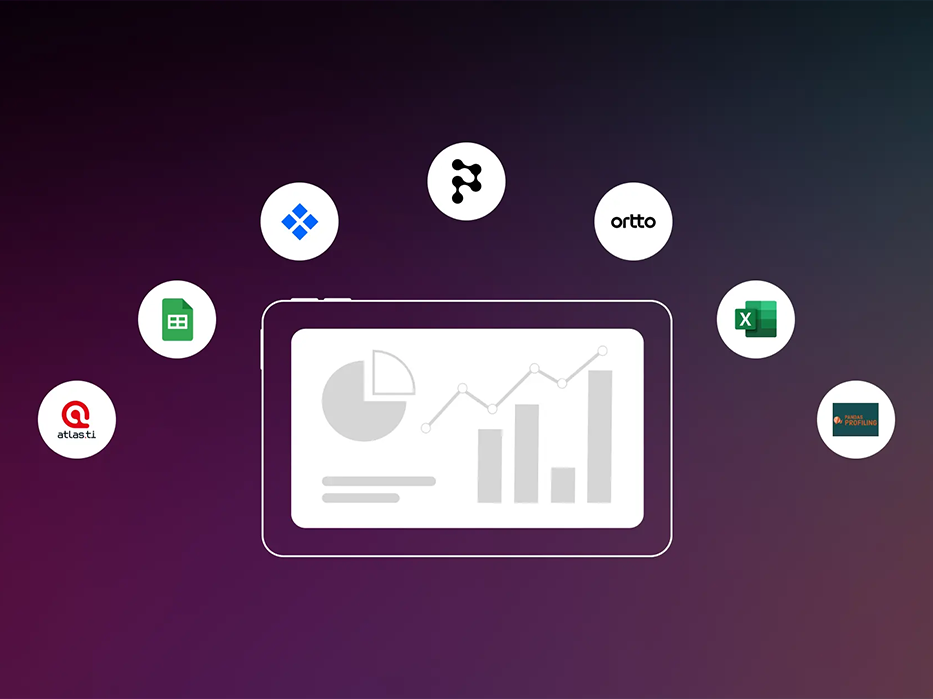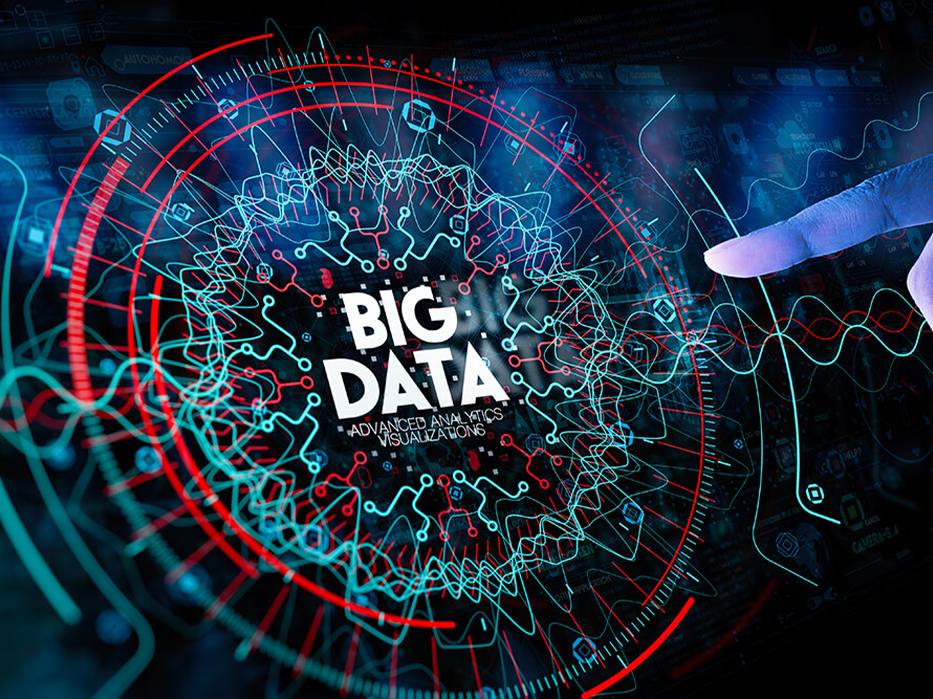- Tableau
- Overview: Tableau is a leading data visualization and analytics tool that allows users to create interactive and shareable dashboards. It supports a drag-and-drop interface for easy data visualization and exploration.
- Key Features: Interactive dashboards, real-time data analysis, extensive data connectivity options, advanced analytics capabilities (e.g., predictive analytics, statistical functions), and collaboration features.
- Use Cases: Business intelligence, data visualization, exploratory data analysis, and reporting across various industries.
- Microsoft Power BI
- Overview: Power BI is a business analytics service by Microsoft that provides interactive visualizations and business intelligence capabilities with an easy-to-use interface for creating reports and dashboards.
- Key Features: Data visualization, self-service analytics, natural language querying (Q&A), integration with Microsoft Azure services, AI-powered insights, and collaboration through sharing and embedding.
- Use Cases: Business reporting, data-driven decision-making, real-time analytics, and enterprise-scale data integration.
- Qlik Sense
- Overview: Qlik Sense is a data analytics platform that allows users to create interactive data visualizations and dashboards. It emphasizes associative data indexing for exploring relationships across multiple data sources.
- Key Features: Associative data model, interactive and responsive dashboards, data storytelling capabilities, advanced analytics integration, and augmented intelligence features.
- Use Cases: Data exploration, guided analytics, embedded analytics, and enterprise-wide data integration for insights-driven decision-making.
- Google Data Studio
- Overview: Google Data Studio is a free data visualization and dashboarding tool offered by Google. It enables users to create interactive dashboards and reports that can be easily shared and customized.
- Key Features: Data connectors for Google products and other databases, real-time collaboration, customizable dashboards with a variety of visualization options, and integration with Google Analytics for web analytics reporting.
- Use Cases: Marketing analytics, performance monitoring, data reporting, and visualization across Google’s suite of products and third-party data sources.
- SAS Visual Analytics
- Overview: SAS Visual Analytics is part of the SAS platform, providing advanced analytics and business intelligence capabilities. It enables users to explore data visually, build analytical models, and deploy them into production environments.
- Key Features: Interactive data exploration, predictive modeling, machine learning integration, real-time analytics, and scalable architecture for big data.
- Use Cases: Predictive analytics, customer intelligence, risk management, and operational analytics in industries such as finance, healthcare, and retail.
- IBM Cognos Analytics
- Overview: IBM Cognos Analytics is a business intelligence and analytics platform that enables organizations to access and analyze data to make informed decisions. It offers a suite of tools for reporting, dashboards, and predictive analytics.
- Key Features: Self-service data exploration, AI-driven insights, interactive dashboards, data governance, and integration with IBM Watson for advanced analytics.
- Use Cases: Business performance management, financial reporting, operational analytics, and regulatory compliance across various industries.
- Alteryx
- Overview: Alteryx is a data analytics platform that provides a drag-and-drop workflow environment for data blending, preparation, and advanced analytics. It aims to simplify complex data tasks and enable data analysts to deliver actionable insights.
- Key Features: Data blending and preparation, predictive analytics, spatial analytics, machine learning model building, and automation of repetitive data tasks.
- Use Cases: Data preparation, predictive modeling, geospatial analysis, and workflow automation for data-driven decision-making.
- R and Python (Programming Languages)
- Overview: R and Python are programming languages widely used for data analysis, statistical computing, and machine learning. They offer extensive libraries and frameworks (e.g., pandas, scikit-learn, TensorFlow) for data manipulation, modeling, and visualization.
- Key Features: Statistical analysis, machine learning algorithms, data visualization capabilities, integration with big data frameworks (e.g., Apache Spark), and flexibility for custom analysis and modeling.
- Use Cases: Statistical analysis, machine learning model development, exploratory data analysis (EDA), and advanced analytics in research, academia, and industry.
Considerations for Choosing Data Analytics Tools:
– Ease of Use: User-friendly interfaces and intuitive workflows for non-technical users.
– Integration: Compatibility with existing data sources, databases, and cloud platforms.
– Scalability: Ability to handle large volumes of data and support enterprise-scale deployments.
– Advanced Analytics: Support for predictive modeling, machine learning, and AI-driven insights.
– Cost: Pricing models (e.g., subscription-based, per user, enterprise licensing) and cost-effectiveness for budget considerations.
Each of these data analytics tools and platforms offers unique features and capabilities to cater to different business needs, from data visualization and reporting to advanced analytics and machine learning. Organizations should evaluate their specific requirements and objectives to choose the tool or combination of tools that best meet their analytics goals and operational demands.





